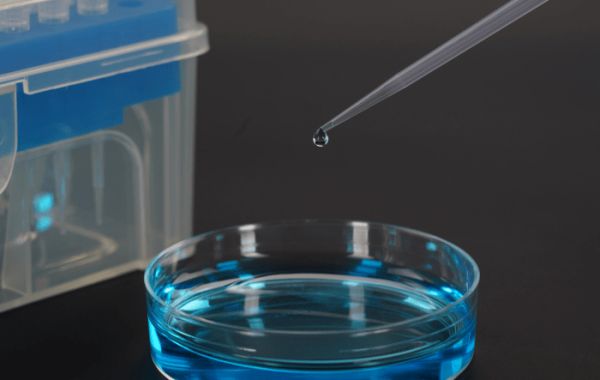Protecting the environment, public health, and laboratory safety all depend on knowing how to properly dispose of pipette tips. It guarantees adherence to rules and encourages responsible laboratory practices. By disposing of hazardous waste properly, we can reduce the risks involved and promote a more responsible and sustainable scientific community. Depending on the kind of liquid they were used with, pipette tips must be disposed of properly. Here are the general guidelines for safe disposal:
Non-hazardous Pipette Tips
- Collect in a puncture-proof container: To gather non-hazardous pipette tips, use a stiff, puncture-resistant container like a cardboard, plastic, metal, or glass box.
- Label the container clearly: To avoid unintentionally coming into contact with hazardous waste, clearly label the container as "Non-hazardous Pipette Tips".
- Dispose of in-general waste: When the container is full, make sure it is tightly sealed and dispose of it in the general waste stream according to the policies of your organization.
Hazardous Pipette Tips
- Segregate hazardous tips: Pipette tips that have come into contact with radioactive, infectious, or chemically hazardous liquids should be kept apart.
- Use a biohazard sharps container: Put dangerous pipette tips in a biohazard sharps container, which is made especially to hold sharp objects safely.
- Label the sharps container clearly: Make sure the sharps container is clearly labeled with the words "Hazardous Pipette Tips" and any specific hazards that are connected to the tips, like "Infectious," "Radioactive," or "Chemically Hazardous."
- Dispose of according to hazardous waste protocols: To dispose of the sealed sharps container, follow your institution's hazardous waste disposal procedures. This could entail making use of approved hazardous waste disposal facilities or getting in touch with hazardous waste management staff.
General Safety Precautions
Wear appropriate PPE: When handling pipette tips, especially those that pose a risk, it is imperative to wear safety glasses, a lab coat, and gloves.
Handle chemicals with caution: When handling hazardous materials, use the proper personal protective equipment and adhere to established chemical handling protocols.
Avoid direct contact: Steer clear of used pipette tips, especially if they've come into contact with anything dangerous.
Follow institutional guidelines: Always follow the unique instructions for managing hazardous waste and disposing of pipette tips provided by your institution.








